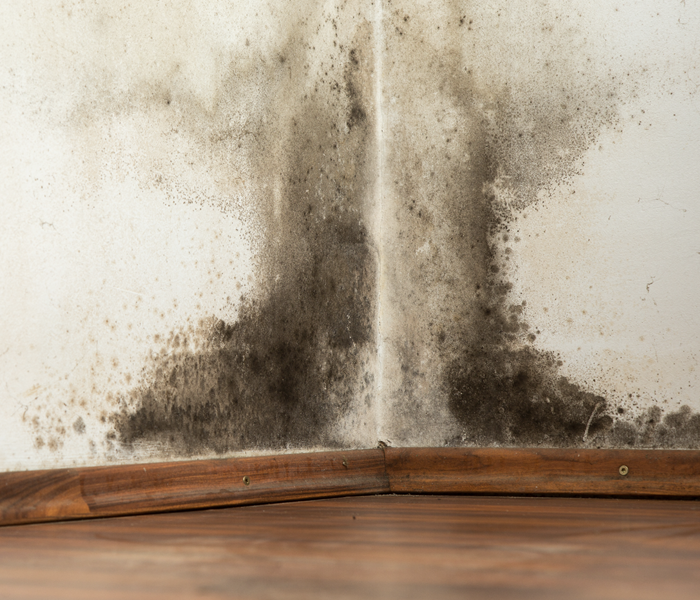Preventing Mold in Drywall: Effective Strategies for a Mold-Free Environment
11/7/2023 (Permalink)
Mold growth in drywall can compromise the structural integrity of buildings and impact their aesthetics. In this blog, we will explore how to identify mold in drywall and discuss effective repair methods. Understanding the signs of mold infestation and implementing proper remediation techniques can help homeowners and businesses maintain a safe and visually appealing environment.
Identifying Mold in Drywall
Detecting mold growth in drywall is crucial in addressing the issue promptly. Look for visual signs such as discolored patches, fuzzy or slimy textures, and a musty odor. Mold can thrive in areas with high humidity, water leaks, or poor ventilation. Pay particular attention to areas near plumbing fixtures, windows, and basements. Since mold can grow within the drywall as well, it may not always be visible on the surface. Conducting air quality tests by professionals can help determine the presence of hidden mold. Identifying mold in drywall early on can prevent further spread and damage.
Repairing Mold-Infested Drywall
Remedying mold-infested drywall requires a systematic approach. Begin by addressing any moisture sources or leaks to prevent future mold growth. Gather the necessary tools, including gloves, goggles, and a mask, to protect yourself during the repair process. Small areas of mold on drywall can be cleaned using an antimicrobial solution or a mixture of water and detergent. Scrub the affected area gently and allow it to dry thoroughly. If the mold has deeply penetrated the drywall or if the affected area is larger than approximately 10 square feet, it is advisable to seek professional assistance for proper removal and replacement of the affected drywall. Following the repair, ensure the area remains dry and properly ventilated to prevent future mold growth.
Preventative Measures
In addition to addressing mold growth in drywall, it is crucial to implement preventive measures to avoid future infestations. Ensuring proper ventilation in moisture-prone areas, such as bathrooms and kitchens, can help reduce humidity levels and discourage mold development. Regularly inspecting and maintaining plumbing systems, roof and window seals, and addressing any water leaks promptly can also prevent moisture accumulation within the drywall. Completing tasks such as sealing cracks and openings in the walls, using mold-resistant drywall or paints, and installing dehumidifiers in humid climates can further enhance mold prevention efforts. By taking these preventive measures, you can minimize the risk of mold growth in your drywall and create a healthier and more resilient living or working environment.
Mold growth in drywall can be a challenging issue, but with proper identification and repair methods, it can be effectively resolved. Being vigilant in detecting mold in drywall, addressing moisture sources promptly, and employing appropriate remediation techniques will help maintain the structural integrity and aesthetics of your living or working space.






 24/7 Emergency Service
24/7 Emergency Service
